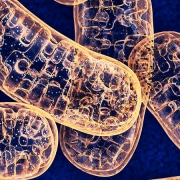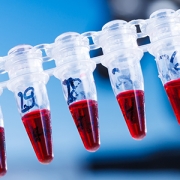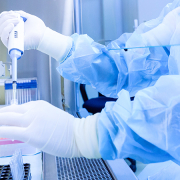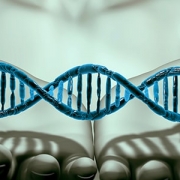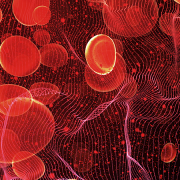The role of genes in susceptibility to skin cancer
The UK is no sun-drenched paradise, but skin cancer is common among the population. As summer ends, we consider new research that may offer an explanation as to why
Exposure to ultraviolet (UV) rays from the sun, and from tanning beds, has long been known to be associated with increased risk of most skin cancers. However, the UK has an incidence rate of a particular type of skin cancer that is 17 times higher than Singapore, despite the UK having lower levels of UV radiation. A new paper, published in Nature Genetics, suggests that the answer to this anomaly may be, in part, down to genetics.
Skin cancers
Most people have heard of melanoma, but these dangerous skin cancers are quite rare. Far more common are keratinocyte cancers (basal cell and squamous cell carcinomas of the skin), with around 147,000 people in the UK diagnosed every year.
Basal cell carcinomas account for about 75% of all UK skin cancers. These cancers do not usually spread to other parts of the body but can cause substantial skin damage if not treated. Squamous cell carcinomas are the second most common type. These have a small chance (around 5%) of spreading to other parts of the body, usually the lymph nodes, but are still significantly less likely to metastasise than melanomas.
Treatment is curative for 90% of non-melanoma skin cancers.
The role of UV
UV light is significant because it can damage the DNA in our cells, causing mutations that make cancer more likely. UVB rays, which cause sunburn, are most strongly linked to skin cancer.
Researchers from the Wellcome Sanger Institute wanted to understand why the UK has such a high rate of keratinocyte skin cancers compared to Singapore, even though Singapore experiences UV rays three times stronger than the UK.
In collaboration with the Skin Research Institute of Singapore, the researchers compared skin samples taken from five donors in Singapore and six in the UK, all of whom were having excess eyelid or eyebrow skin removed. The average age of both groups was in the 60s.
Acquired mutations v germline genetic variants
The researchers used DNA sequencing on the cells to look at both germline genetic variants and at acquired mutations likely to have been caused by UV exposure.
They estimated that on average 94% of the UK donor skin cells had at least one mutation in a cancer-associated gene, and most of these were mutation types known to be caused by UV exposure. By contrast, the Singaporeans had mutations in notably fewer cells – 50%, and the mutations they did have were associated with natural ageing.
None of the participants had skin cancer, but the mutations found in the UK participants’ cells show why they are more likely to develop skin cancer than their Singaporean counterparts.
Underlying differences
Further to these findings, the researchers looked at differences in the germline DNA (the genes the participants were born with) between the two groups at genomic sites associated with skin cancer risk. As expected, there were differences in genes that produce protective skin pigments, but also in genes associated with inflammation and the immune system which could also contribute to the observed variance in cancer rates.
The hope is that this research can shed light on the way skin cancer evolves, the genetic basis for variability in cancer susceptibility and the best approaches to preventing skin cancer.
The good news is that the risk of both keratinocyte cancers and melanomas can be reduced by protecting the skin from UV exposure, which this study shows is even more important for genetically high-risk populations.
–



